The Food Safety Department ( Ministry of Health ) points out effective ways to preserve Tet food to avoid spoilage and food poisoning.
The Food Safety Department (Ministry of Health ) points out effective ways to preserve Tet food to avoid spoilage and food poisoning.
How to preserve and use banh chung and banh tet after Tet
Banh chung and banh tet are traditional nutritious dishes. Although there is a belief that the cakes should not be stored in the refrigerator because they will harden easily, in hot weather conditions, they can be kept in the refrigerator. When using, only cut enough to eat, the rest should be covered with plastic wrap.
When taking the cake out of the refrigerator, you should steam, boil or fry it before eating. However, you should limit frying the cake to avoid increasing the amount of fat that is not good for your health.
If the cake has white mold, smells sour or is fermented, you should absolutely not eat it because it may contain the toxin Aflatoxin - a harmful substance that accumulates in the body over time.
How to preserve and use ham and sausage after Tet
Ham and sausage are typical Vietnamese dishes with many varieties such as pork sausage, beef sausage, ear sausage, stir-fried sausage. Because the main ingredients are lean meat, fat, fish sauce and spices, sausages cannot be kept for long if not preserved properly.
Pork sausage should not contain borax because it affects health. Pork sausage, beef sausage, and ham can be stored at temperatures below 25°C for a short time. If kept in the refrigerator, the sausage can be kept for 4-6 days and about 10 days when stored in the freezer.
When taking the ham out of the freezer, leave it at room temperature for about 4 hours or move it to the refrigerator for 8 hours. If you need to use it immediately, you can quickly defrost it by wrapping it in a plastic bag and soaking it in cold water for about 1 hour. However, because the defrosting process causes loss of nutrients, it is best to buy only enough to use within 1 week.
For pig's ear and stir-fried pork roll, due to their sticky properties, they need to be stored at cool temperatures or in the refrigerator to maintain the best quality.
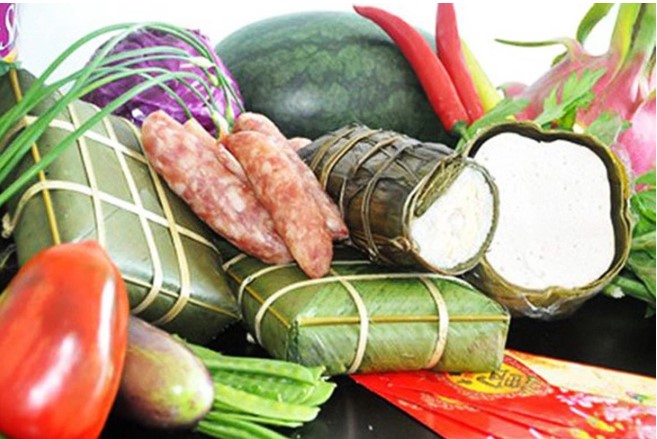
How to effectively preserve Tet food to avoid spoilage and food poisoning. Photo: Internet .
Jellied meat
Jellied meat is a traditional and unique dish of the Vietnamese people. Jellied meat is eaten with hot rice, dipped in pure fish sauce with lemon and chili, and eaten with pickled onions, pickled cabbage, pickled shallots, etc. It is a dish used during Tet and other normal days of the year.
With frozen meat, you should divide it into small boxes, enough for each meal, and store it in the refrigerator. This will both retain the characteristic flavor and help the dish last longer.
Pickled onions
Pickled onions are often used as a side dish with banh chung or fatty dishes to reduce the feeling of fullness. The mild sourness, slight spiciness and aroma of pickled onions help enhance the flavor of other dishes and stimulate better digestion.
Therefore, people should store it in a cool place. When eating, use clean chopsticks to pick up the pickled onions, rinse with cooled boiled water or diluted salt water, then peel off the outer skin and take the white pickled onions to eat.

How to effectively preserve Tet food to avoid spoilage and food poisoning. Photo: Internet .
Other cooked foods
Do not put vegetables in the refrigerator when not used up, because the nitrate content in green vegetables is quite high. If cooked and left for too long, bacteria will decompose, the nitrate will turn into nitrite - a carcinogen, even if reheated, it cannot be removed. Therefore, do not eat vegetables that have been left overnight.
Cooked foods should be eaten immediately and should not be left at room temperature for more than 2 hours. Leftover foods should be reheated, cooled, and then placed in the refrigerator.
If hot food is put into the refrigerator, where the temperature is low, the food will spoil, the water in the food will condense into steam, promoting the growth of harmful bacteria, leading to food poisoning. When eating, you must re-cook the food before using because the temperature in the refrigerator only limits the growth of bacteria but cannot destroy it.
However, the refrigerator is not a “magic cabinet” for preserving food. Food taken out of the refrigerator is only used once for the next meal, and if not left over for the next meal, the longest the food can be kept is 5-6 hours.
Doctors warn that food contaminated with bacteria, left in the refrigerator for a long time, will still produce toxins. When reheated, bacteria will be destroyed at a temperature of 100ºC, but the toxins produced by bacteria will still be toxic, causing poisoning to the user. Everyone should prepare just enough food, not too much, because when reheated, the food will lose nutrients.
Source: https://nongsanviet.nongnghiep.vn/nhung-cach-bao-quan-thuc-pham-tet-hieu-qua-tranh-hu-hong-gay-ngo-doc-d419633.html












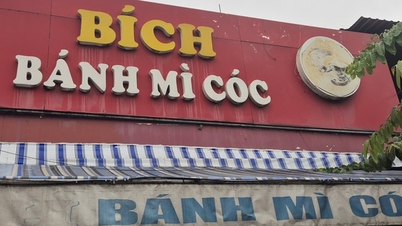

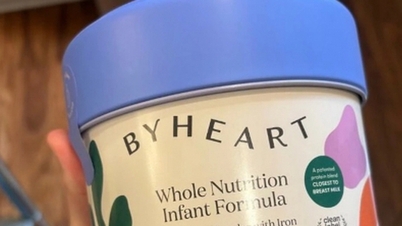
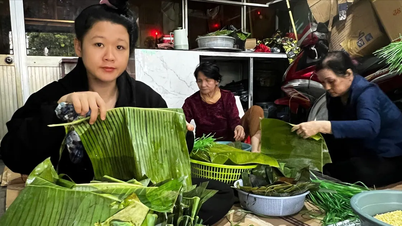
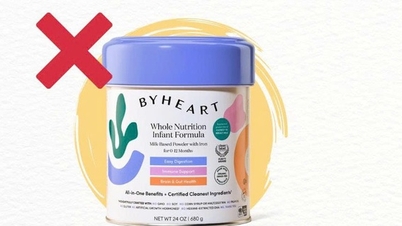
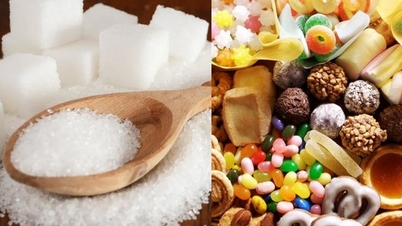


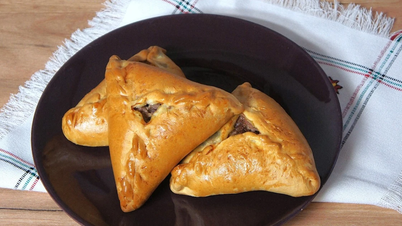

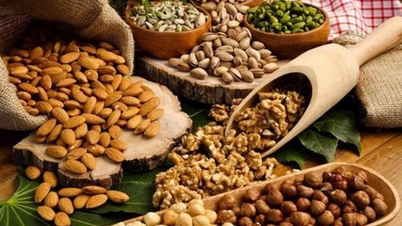
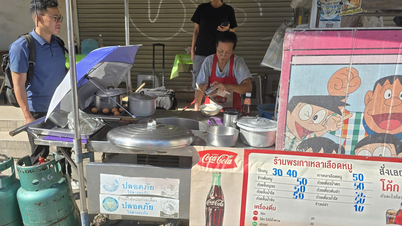
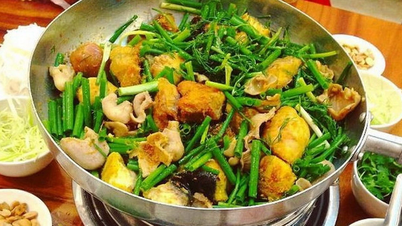




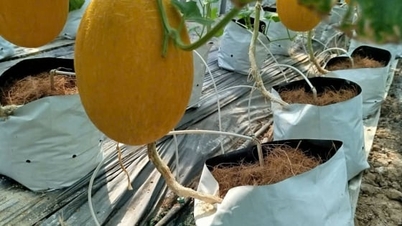


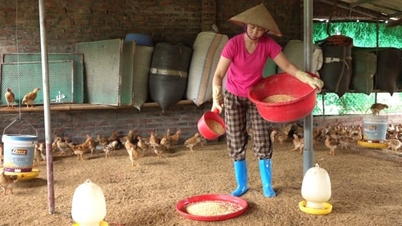


![[Photo] Worshiping the Tuyet Son statue - a nearly 400-year-old treasure at Keo Pagoda](/_next/image?url=https%3A%2F%2Fvphoto.vietnam.vn%2Fthumb%2F1200x675%2Fvietnam%2Fresource%2FIMAGE%2F2025%2F12%2F02%2F1764679323086_ndo_br_tempimageomw0hi-4884-jpg.webp&w=3840&q=75)
![[Photo] Parade to celebrate the 50th anniversary of Laos' National Day](/_next/image?url=https%3A%2F%2Fvphoto.vietnam.vn%2Fthumb%2F1200x675%2Fvietnam%2Fresource%2FIMAGE%2F2025%2F12%2F02%2F1764691918289_ndo_br_0-jpg.webp&w=3840&q=75)




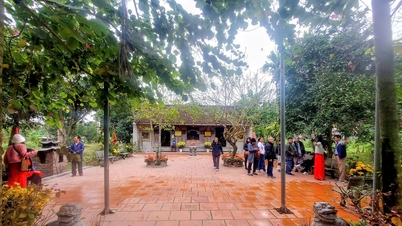


















































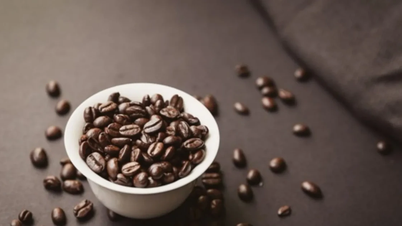
















Comment (0)